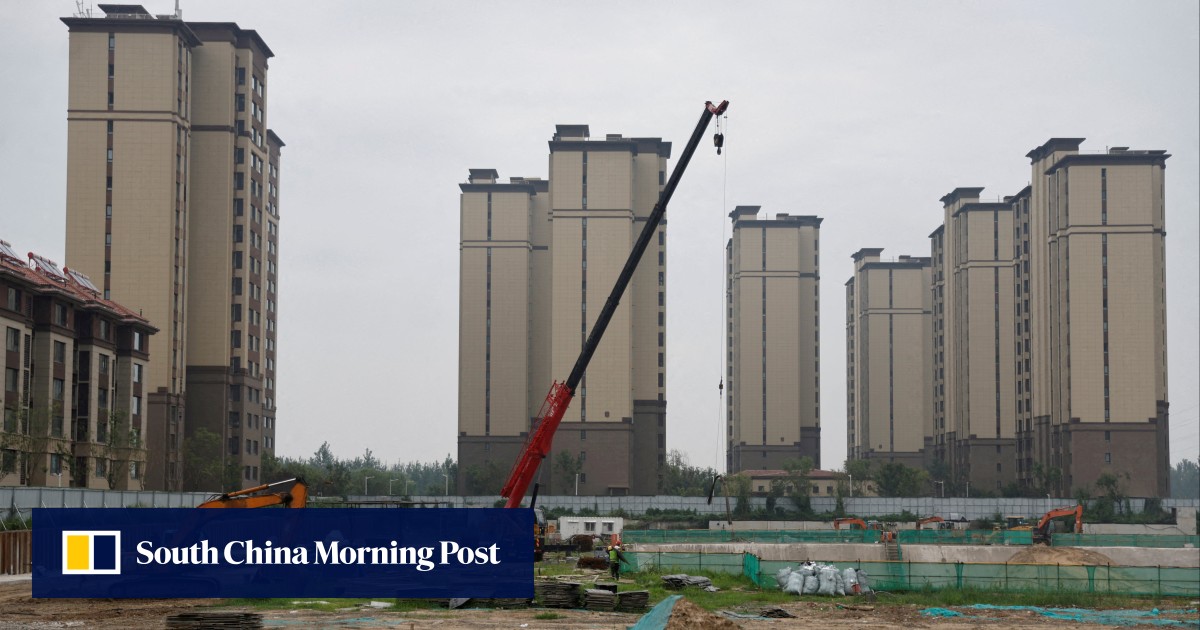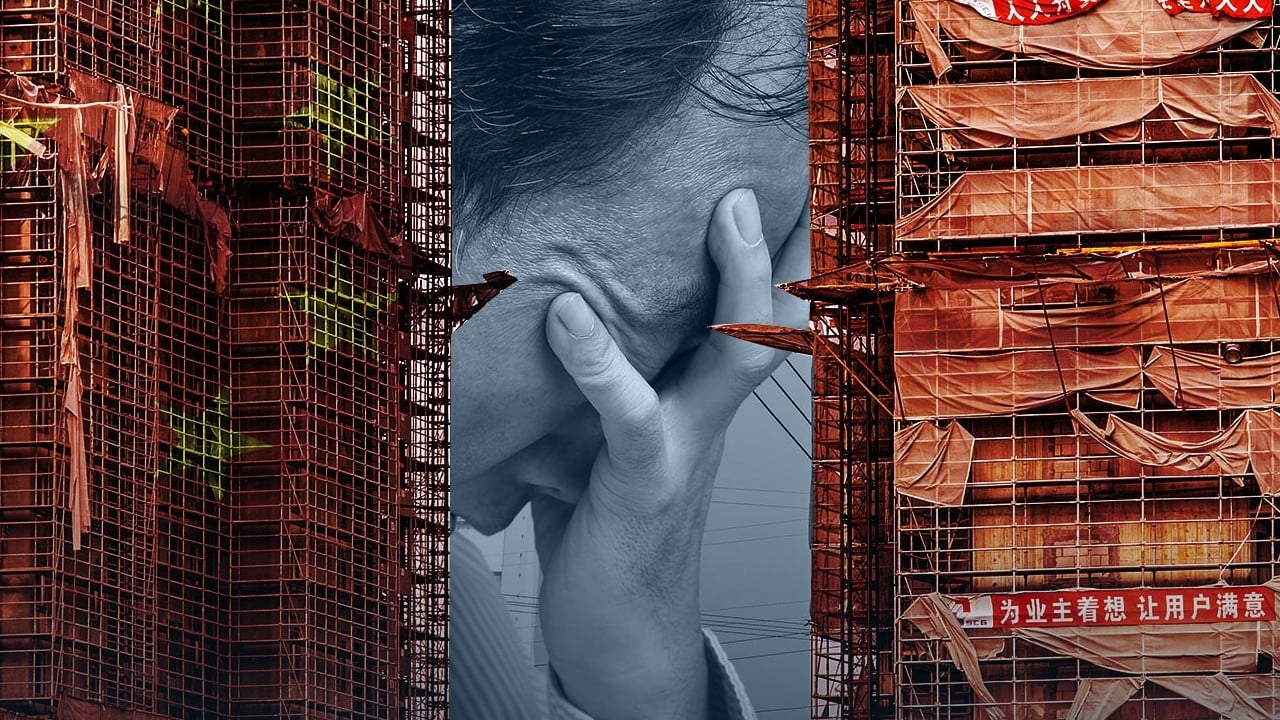As China’s property sector – once a steadfast contributor to a sizeable chunk of the country’s gross domestic product (GDP) – becomes a less reliable growth driver under a cloud of debt and unfulfilled commitments, Beijing has begun to seek out alternative guarantees for economic stability and dependable patterns of expansion.
However, analysts warned that the world’s second-largest economy is unlikely to find one alternative industry to replace the entire sector in the short term, despite government efforts to elevate certain industries into strategic redoubts.
Some emerging industries such as tech, new energy, advanced manufacturing and biological engineering, have the potential to serve as new economic pillars – but bundled together, they said, not as individual substitutes.
As industrialisation has largely completed, there is a need to establish new pillar industries now
“We need to diversify industries instead of relying on one sector too much,” Chang Haizhong, an executive director at Fitch Bohua, the Chinese subsidiary of Fitch Ratings, said on Tuesday.
However, he added, “it is impossible and unnecessary to find one single replacement for real estate,” as the sector has entered an adjustment period.
Property was first named as a “pillar industry” by the State Council, China’s cabinet, in 2003, five years after Beijing’s decision to privatise housing and boost domestic demand.
Along with the related material, construction, decoration and home appliances sectors, the property market contributed to more than a quarter of national GDP in the 2010s, widely considered its heyday.
At the end of the third quarter, outstanding real estate loans fell by 0.2 per cent from a year earlier to 53.19 trillion yuan (US$7.27 trillion), according to the People’s Bank of China, the central bank.
Personal housing loans also dropped by 1.2 per cent, year on year, to 38.42 trillion yuan, while lending to property developers increased 4 per cent to 13.17 trillion yuan.
The added value of the property industry in 2020 was 7.5 trillion yuan, or 7.3 per cent of GDP, government data showed. Its proportion dropped to 6.8 per cent in 2021, then 6.1 per cent last year.
“China’s economy took off in the 1990s through the revitalisation of the old four pillar industries: electronic machinery, petrochemicals, automobile manufacturing and construction,” recalled Zheng Xinli.
We must accelerate the cultivation and expansion of strategic emerging industries, and create more pillar industries
Zheng, as director of the Policy Research Office at the State Planning Commission – the former name of the National Development and Reform Commission, the country’s top economic planner – helped draft several government work reports and five-year plans.
“As industrialisation has largely completed, there is a need to establish new pillar industries now,” he said in an interview with the Economic Observer last month.
Zheng said he expected digital, new energy, advanced manufacturing and biological engineering to be the four areas which can take up the baton from property as “pillar industries”.
Yi Xianrong, a former researcher with the Chinese Academy of Social Sciences, said digital is “the future for every economy in the world”, and can also support other industries like new energy and biotech.
“The digital industry can discover and create social consumption demand, which in turn can boost manufacturing supply,” he said.
Guangzhou issues housing vouchers in move that could spur property demand
Guangzhou issues housing vouchers in move that could spur property demand
The digital economy should be deeply integrated with advanced manufacturing and modern service industries, and artificial intelligence should be safely developed, the Politburo – a prime decision-making echelon of the Communist Party – said in July.
“We must accelerate the cultivation and expansion of strategic emerging industries, and create more pillar industries,” it added.
Those efforts are already well under way. The value of China’s digital economy reached 50.2 trillion yuan last year, ranking second in the world after the United States and accounting for 41.5 per cent of GDP.
Last year, the added value of strategic emerging industries such as new-generation information technology, high-end equipment and new energy vehicles made up more than 13 per cent of GDP, according to the Ministry of Industry and Information Technology.
Chang, from Fitch Bohua, said the automotive industry is particularly notable as China became the largest exporter of vehicles in the first half of 2023. The total number of exported cars reached 2.34 million, an increase of 77 per cent compared to the same period last year.
The added value of the automobile manufacturing industry increased by 11.4 per cent, year on year, in the first nine months of 2023, 7.4 percentage points higher than the added value of all industries with annual revenue above 20 million yuan (US$2.73 million) in the same period.



